Whether you are trying to get back into shape, or recovering from an injury, there are some basic exercises you can do to make your back stronger and better able to cope with the rigors of your average day. When your back hurts it is hard to get moving. Most patients with back pain worry that activity will aggravate their problem, and many fear that it may actually harm them. For the vast majority of patients, nothing could be further from the truth! Daily activity, and a regular aerobic exercise program, are the keys to getting most people back to good function and are important even in patients that may someday need surgery. Time invested in a physical therapy and exercise program is never wasted. The easiest way to get started with an exercise program is by walking. Walk a bit every day and try and get out at least 3 times a week for a longer walk, and walk quickly for half an hour to 45 minutes. If you're doing it right you should get a little sweaty. Exercise on a treadmill, elliptical trainer, exercise bicycle or in a swimming pool are all good, particularly if the weather outside is nasty. Patients with narrowing of the spinal canal - spinal stenosis - may find walking difficult. These patients may find an exercise bicycle much easier to exercise on than any upright devices such as a treadmill or elliptical. Patients with disc-related back pain may find sitting on a bicycle difficult, on the other hand, and be more comfortable either swimming or walking. Find the exercise you can do and do it 3 times a week. Start with 5-10 minutes of exercise at a time and work up to 30-45 minutes as you are able. Do not get alarmed if you get a little sore after exercising. Keep at it: Moderate exercise will not damage your spine. Back exercises Pelvic tilts Lie down flat on the floor or an exercise pad and bend both knees. Start by tightening your abdominal and buttock muscles. Rotate your pelvis and hips slightly towards the ceiling and press the small of your back against the floor. Hold this position for a moment and then relax. Partial sit up Laying on your back with both knees bent and your feet flat on the floor, fold your arms across your chest or over your tummy. Tighten your abdominal muscles to raise your chest and shoulders just off the floor. Don't strain your neck; keep it straight. Hold your back and shoulder blades off the floor for a count of 3, then relax and let yourself back down. Take a couple of deep breaths, and repeat. Full Sit-ups For patients with better starting muscles who want to get stronger abdominal wall and pelvic girdle musculature, a full sit-up from the flat position, with the knees bent and the feet anchored, works the deep muscles of the hip flexors as well as the abdominal muscles that help support the spine. You can do these with your hands reaching for your knees or crossed over your chest. Do three sets of ten – fifteen, and see how your back feels before trying to do more. Hamstring stretch Starting flat on your back, with your knees slightly bent, gently flex your hip and bring one of your knees up towards your chest. Holding the knee with your hands, gently pull it towards you until you can feel a stretch. Holding the leg flexed up in that position, straighten the knee out as much as you can, feeling the muscles stretch behind the knee. Lower that leg slowly back to the floor then stretch the other side. Wall slide Find a nice, smooth section of wall, with a stable place to put your feet. Do not try this on a throw rug or something that might slide! Start with your feet shoulder-width apart, about a foot out from the wall. Lean back until your shoulder blades and buttock are resting comfortably against the wall. Now bend your knees and hips and slowly slide down the wall into a half-sitting position. Pause, then slide back up to your starting position. As you slide, feel your back pressed against the wall. Tightening your abdominal muscles as you move. Your hips should stay higher than your knees, and your knees should not go out beyond your toes. Press ups
Start by lying on your stomach. Put your hands on the floor on either side of your shoulders. Raise your head up and looked towards the far wall. Straighten your arms and push your upper body up off the floor. Keep your hips in contact with the floor and arch your back. Pause, then slowly bend your elbows and relax your tummy and chest back down to the floor. Don’t go further back than you are comfortable going – this shouldn’t cause sharp pain, so if extension hurts you, you can skip this one. Arches Start in the same position that you did with the press ups. This time tuck your arms by your sides, and do not use them to push up. Tightening your back muscles and lift your chest and shoulders up off the floor, again raising your head to look towards the far wall. Hold this position for a count of 5-10, then relax back to your starting position and take a few, well-earned deep breaths. These exercises will take you 10 – 15 minutes to do each day. Do them each day if you can, but at least four times each week. Do each exercise move 5 times to start, and 10 times each after you get used to it. Move slowly, deliberately, and feel your muscles tighten as you do them. For the Stretches and Press-ups, you should feel stretching, but not sharp pain. If you feel sore after exercise, that’s normal. Use some ice on the sore-spot, use your anti-inflammatory medications, and go easy the next day. If you experience sharp pain, stop your exercises and note which one seemed to aggravate things. Touch base with your doctor if the pain doesn’t calm down over 48 hours. I hope you find this program helpful. If you do, feel free to share with others, and let me know if you have other questions I can answer.
1 Comment
5/23/2023 09:42:56 pm
Nice and helpful guide that everyone can follow for their back pain concerns. Thanks for it.
Reply
Leave a Reply. |
Details
AuthorI'm Dr. Rob McLain. I've been taking care of back and neck pain patients for more than 30 years. I'm a spine surgeon. But one of my most important jobs is... Archives
January 2024
Categories |
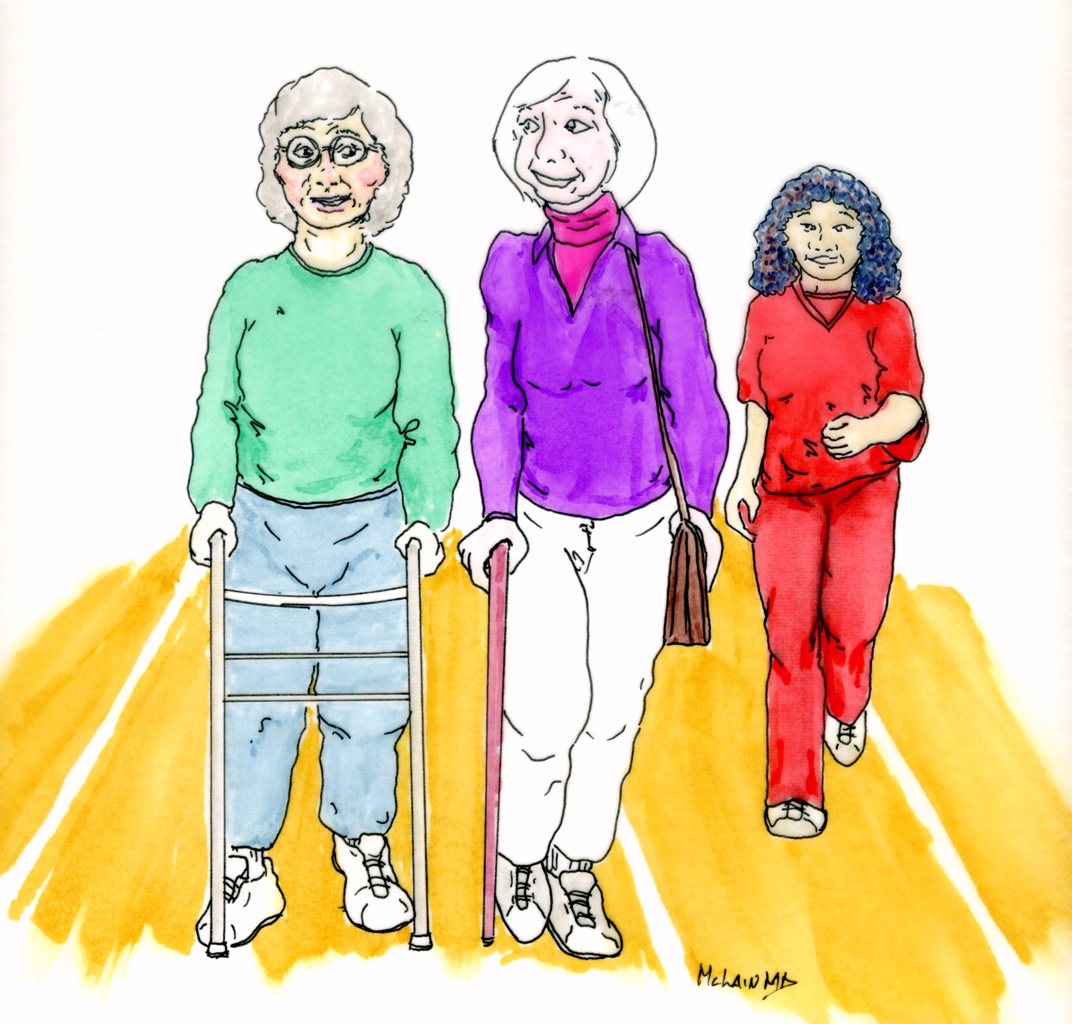
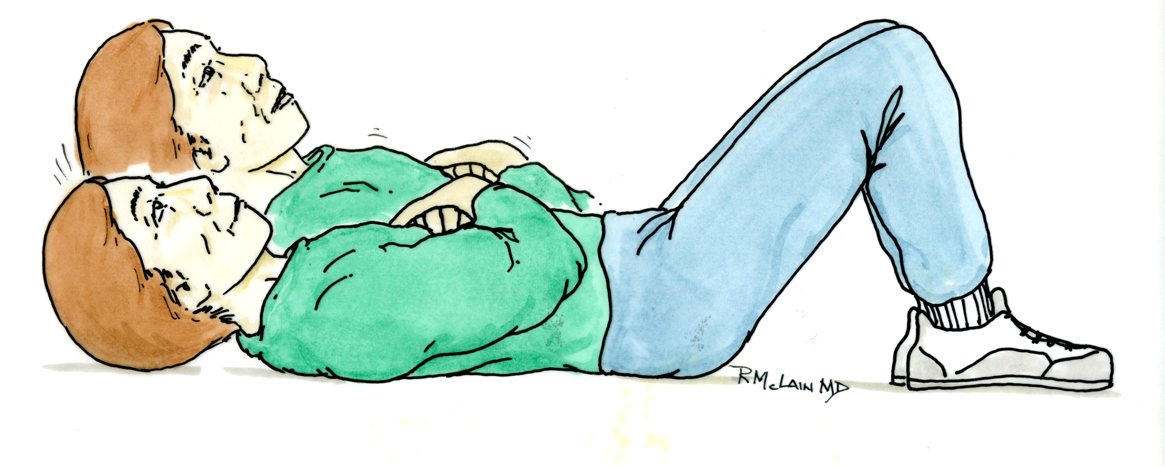
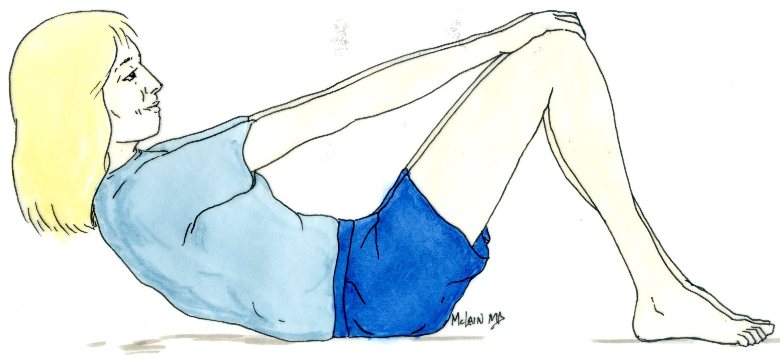
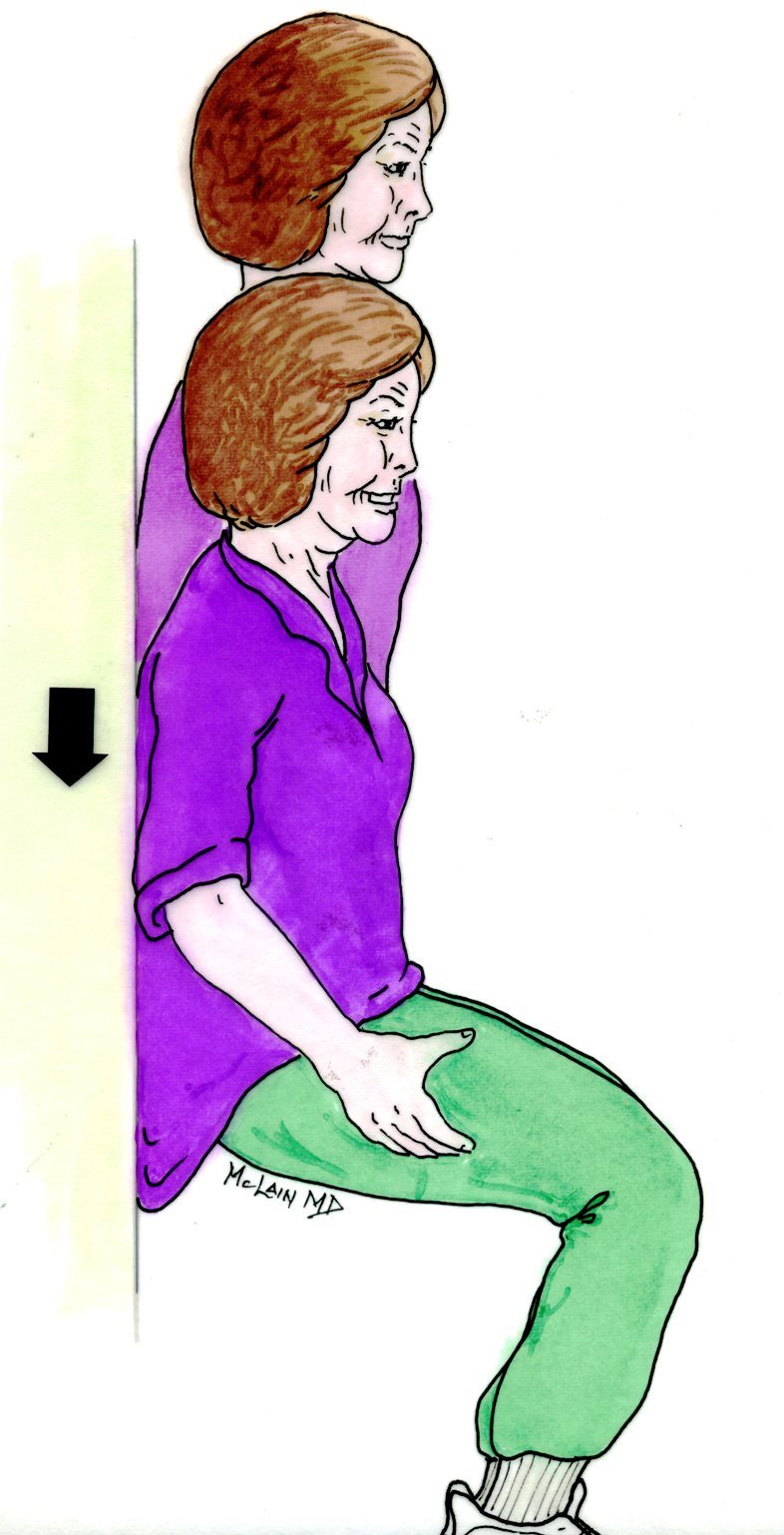
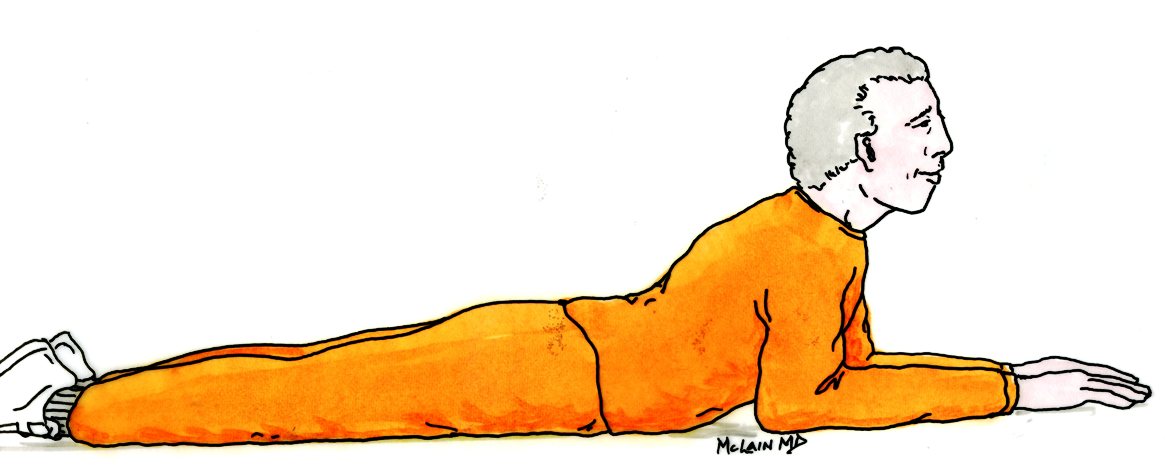
 RSS Feed
RSS Feed